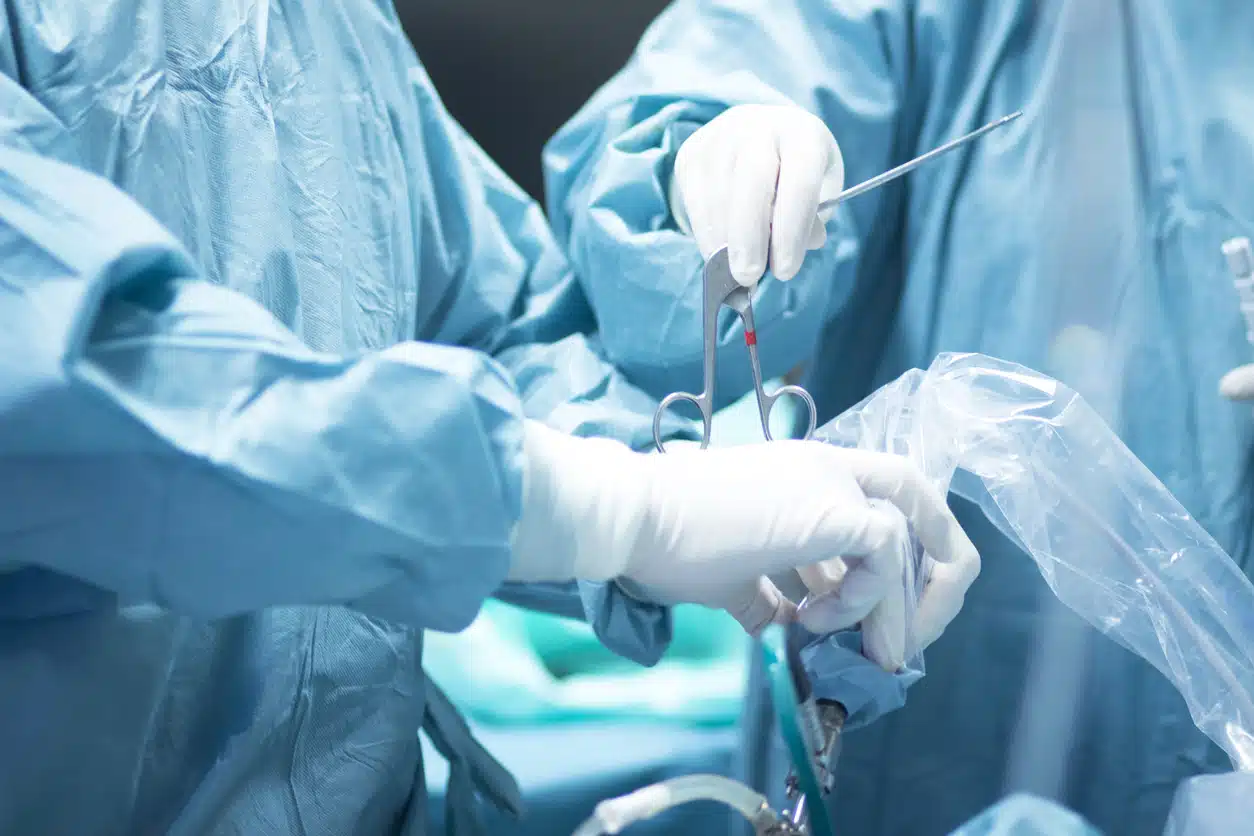
Arthroscopy is a surgical procedure in which your surgeon makes a small incision and inserts a tube-like device with a tiny camera attached to one end (called an arthroscope). Arthroscopes allow orthopedic surgeons to view the inside of the joint on the screen and eliminate the joint problem using tiny instruments.Additionally, orthopedic surgeons may also use arthroscopes to investigate or diagnose knee problems easily.
As a minimally invasive procedure, knee arthroscopy can diagnose and treat inflamed joint lining, torn meniscus, patellar tendonitis, anterior cruciate ligament tear (ACL tear), and bursitis.
Let’s talk about how knee arthroscopy works and where you can go for a thorough evaluation of your knee problem in Bismarck, ND.
Arthroscopic Knee Surgery Procedure
Knee arthroscopic procedure starts with applying anesthesia which can be one of the following three types depending on the condition and duration of the surgical procedure.
- Local Anesthesia: An injection of numbing agents is injected below the skin. Numbing agents block the sensations of that specific injection area, such as the knee. During the procedure, you’ll be awake but don’t feel pain at the numb site
- Regional Anesthesia: Numbing agents are injected between the spine’s lumbar vertebrae using a small needle. The injection will numb the bottom half of the body, but you will be awake during the procedure
- General Anesthesia: Numbing agents are injected intravenously to keep you asleep or unconscious during the surgical procedure. If the surgical procedure is of long duration, general anesthesia is applied.
After the anesthesia, your orthopedic surgeon starts the arthroscopic knee surgery procedure. During the procedure:
- Your orthopedic surgeon will fix and stabilize your knee using a device that ensures that your knee will be in a proper position during the whole surgical procedure
- Your surgeon will clean your knee area to avoid any infection at the site after the incision
- After the cleaning, your surgeon will make a small (keyhole) incision on your knee and insert an arthroscope into the joint to provide an inside view of the knee joint on the screen in the operating room
- For a better view of the inside of the joint, a sterile fluid is filled in the joint that will expand the area around the joint
- Your surgeon will examine your knee joint problem thoroughly and diagnose your knee problem
- After locating the problem that needs treatment, your surgeon will make another small incision on a different point and insert tiny surgical tools into the knee joint
- Using surgical tools, your surgeon will remove damaged and inflamed tissue and repair the torn tissue. After correcting your knee problem, your orthopedic surgeon will drain the saline fluid from the knee joint
- After the surgical procedure, your surgeon will close your incisions using stitches or narrow strips of sterile adhesive tape and cover your knee with a dressing or large bandage
Arthroscopic Knee Surgery in Bismarck, ND
If you are having trouble while playing your favorite sport or have pain in your knees while climbing upstairs, you may have a knee problem. For the thorough evaluation and treatment of your knee problem, visit us at The Bone & Joint Center, where our orthopedic surgeons are committed to providing you best orthopedic carefor a comprehensive range of orthopedic problems, including all knee problems.
Our board-certified orthopedic doctors have extensive experience in diagnosing and treating all joint-related problems, especially knee joint problems. We also provide arthroscopic services, including arthroscopic knee surgery, for the best diagnosis and treatment of your knee issue.
Want to make an appointment with us? Call us today at (701) 946-7500 or fill out our convenient online request form.

